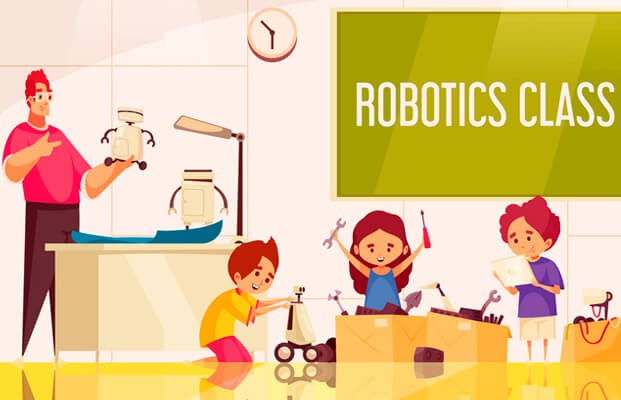2024-03-31
China's Robot Revolution at Winter Olympics

China's Winter Olympics in Beijing are not just about sports; they're also a stage for showcasing the country's prowess in technology, particularly robotics. Even before the official commencement of the games, visitors were greeted with an array of robotic assistants serving in various capacities, from delivering food to pouring drinks and even making ice cream.
In the Olympic Village, athletes are served by robotic waiters, streamlining food delivery while minimizing social contacts amidst the ongoing pandemic. However, not without hiccups, as Russian figure skater Evgenia Medvedeva found when her delivery robot missed part of her meal, necessitating a second call for assistance.
Meanwhile, in the media center, journalists are treated to drinks expertly poured by a robotic bartender, boasting impressive efficiency with each cocktail prepared in just 90 seconds. Additionally, a robotic ice cream maker adds a touch of novelty to the media center's offerings.
One of the most remarkable displays of robotic innovation came with the torch relay, where, for the first time in Olympic history, a transforming robot carried the torch underwater, capturing the imagination of spectators worldwide.
While China's showcase may suggest a technological lead, experts note that other countries, including Japan, the United States, and Russia, are also making significant strides in robotics. However, China's developments were less known due to the country's relatively closed nature and limited international promotion of its advancements.
In Russia, promising developments in robotics span various sectors, from unmanned projects and drones to advancements in agriculture and service industries. The introduction of assistant robots in public facilities and the emergence of robotic coffee houses and restaurants highlight the growing integration of robotics into daily life.
Despite the rapid advancements, the widespread adoption of robotics faces challenges. Limited production capacity and substantial investment requirements pose barriers to widespread implementation. Moreover, while specialized applications like food delivery robots are gaining traction, the broader integration of robotics into industries requires careful consideration and investment.
Nevertheless, experts agree that robots will gradually become an integral part of daily life, much like smartphones did two decades ago. While some jobs may evolve or be replaced by automation, the overall impact of robotics is expected to enhance efficiency, safety, and convenience, ushering in a new era of technological innovation and human-machine collaboration.
Share with friends:
Write and read comments can only authorized users
